If you’ve ever been to the ballet, you’ll appreciate the scale that goes into making it. The dancers, the set, the choreographers, and the musicians playing the soundtrack all come together to create some really incredible pieces of art.
One very important player in the art form is the composer, and in this post, we’re going to look at 10 of the greatest ballet composers of all time and look at their lives and work.
1. Pyotr Ilyich Tchaikovsky
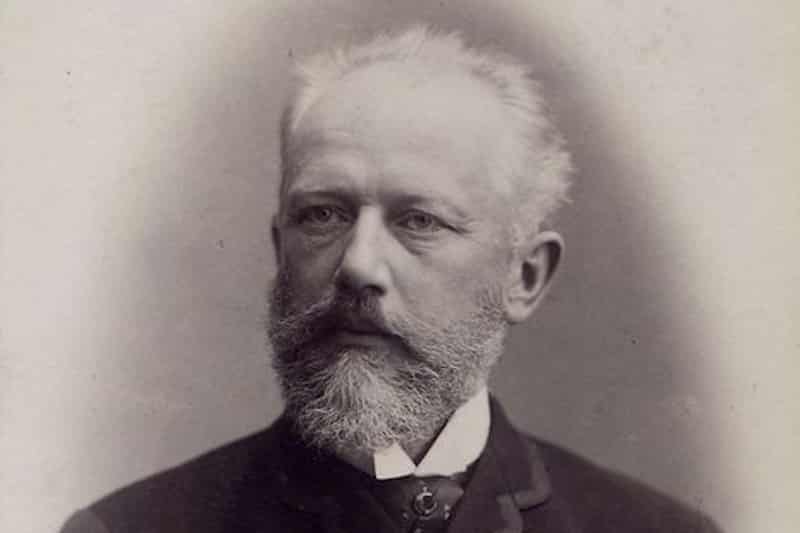
Pyotr Ilyich Tchaikovsky was a Russian composer who began taking piano lessons at five years old.
He studied to become a civil servant rather than a composer, but he has come to be revered in classic ballet circles.
Tchaikovsky composed Swan Lake, The Nutcracker, and Sleeping Beauty.
When he was twenty-one years old, Tchaikovsky continued his musical education at the Russian Musical Society.
Shortly after, he transferred to St. Petersburg Conservatory to study composition.
In 1863, he moved to Moscow, Russia, where he accepted a position as professor of harmony for the Moscow Conservatory.
His ballets are some of the most performed across the globe.
Swan Lake is the tale of a cursed princess who becomes a swan at night; the fate of Odette falls to her beloved prince.
The Nutcracker is the story of Clara, who receives a toy soldier for Christmas and ventures through the Kingdom of the Sweets.
Sleeping Beauty is a retelling of the classic fairytale where a young princess is cursed to be comatose.
Presently and annually, dance companies around the globe produce versions of The Nutcracker every holiday season, and the Dance of the Sugar Plum Fairy has become synonymous with year-end holiday celebrations.
It is arguably one of the most recognizable pieces of music from a ballet.
2. Sergei Prokofiev
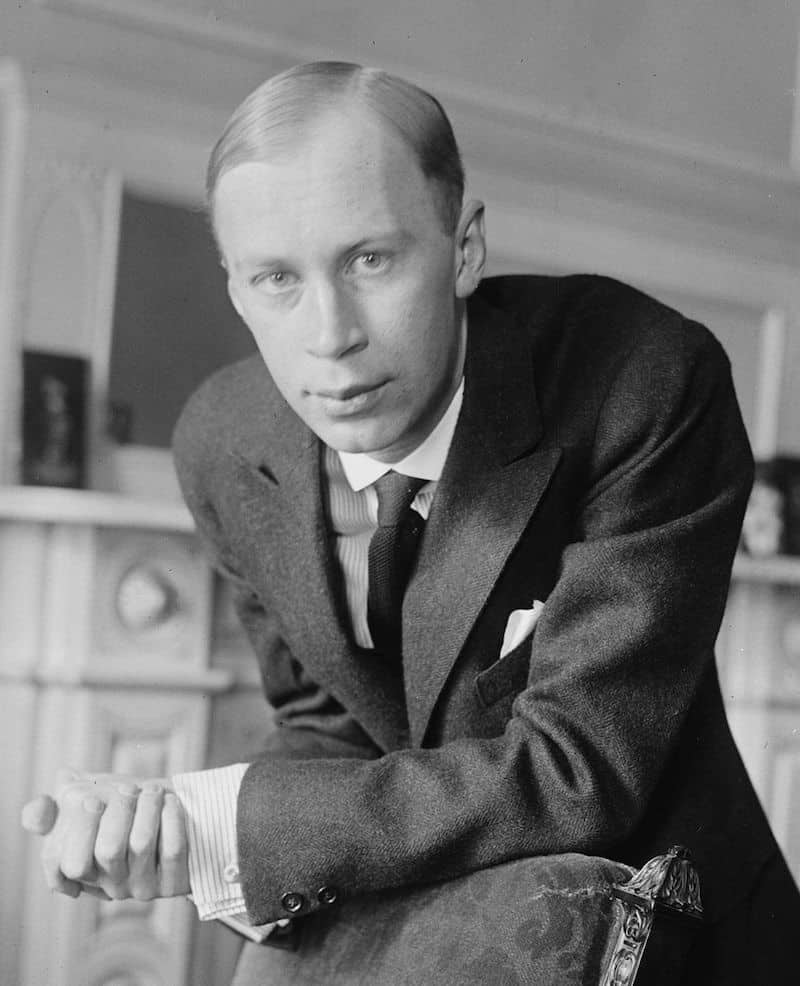
Sergei Prokofiev was a composer and pianist who many consider to be one of the most significant composers of the 20th century.
He was born in Ukraine but eventually made his way to Moscow, Russia.
Like many of the composers of his time, pending war and funding for the arts impacted his compositions.
Prokofiev composed ballets, with two of his most famous being Cinderella and Romeo and Juliet.
During the years leading to World War II, Prokofiev produced several classical masterpieces, including Violin Concerto No. 2 in G Minor and the ballet Romeo and Juliet, which was started in 1935 and finalized in 1936.
The development of the ballet Cinderella came after and was composed between 1940 and 1944.
During his career, Prokofiev spent time with friends like Pablo Picasso and traveled the world, including cities in the United States like New York and Hollywood.
3. Ludwig Minkus

Ludwig Minkus was a Jewish composer from Austria and known primarily for his ballet compositions.
He served as the official Composer of Ballet Music to the St. Petersburg Imperial Theatres in Russia.
Most known for Paquita, La Bayadère, and Don Quixote, Minkus wrote dozens of ballets.
Paquita was first performed in Paris in 1846 and marked his rise to renown.
He composed a few other ballets during that time and often worked with a partner, Edward Deldevez.
Paquita is the tale of a young gypsy girl, Paquita, who is actually of noble birth and abducted by gypsies as an infant after the death of her natural parents.
Choreography in Paquita usually incorporates character dancing and requires large ensembles of dancers and performers to mimic the scales of a crowded town square.
La Bayadère dramatizes the story of Nikiya, a temple dancer, who shares mutual affection for a noble warrior, but the admirations of another complicate their love.
Within the ballet, The Kingdom of the Shades entrance is a movement and variation of high notes.
A stage filled with ethereal-looking ballerinas hold arabesques and move in cannon to mimic a dream state.
For nearly a decade, Minkus held the position of official ballet composer at the Bolshoi Theatre in Moscow, Russia.
In 1871, he relocated to St. Petersburg, where he worked for another twenty years until he retired to Austria.
4. Adolphe Adam

Adolphe Adam was a French composer of operas and ballets; he is best known today for his ballets Giselle and Le Corsaire.
Giselle is a romantic drama about a young maid who falls in love with Count Albrecht, who is already engaged to another.
Le Corsaire is the thrilling tale of the pirate, Conrad, and his adventures to rescue his love, Medora.
Both ballets incorporate action and adventure into a theatrical space that previously had been more stoic.
In total, Adam wrote about 70 operas throughout his life, in addition to his ballets.
He wrote ballets for London, Berlin, and St. Petersburg and lived in those capital cities as he composed.
His most successful ballets include Faust, completed in London in 1833; La Fille du Danube performed in Paris just three years later.
La Fille du Danube focuses on a mystical theme of celestial maidens inhabiting Earth’s elements.
Specifically, one is a maiden of the air, while the other is a water maiden.
The ballet merges graceful dancing and powerful music, spurring the body to create unique shapes reminiscent of the natural world.
5. Léo Delibes

Léo Delibes was a French opera and ballet composer who pioneered symphonic work for ballet.
He was influenced by the works of Tchaikovsky and educated by Adolphe Adam at the Paris Conservatoire.
Critics describe his music as delicate and elegant.
His most famous work is Coppélia which he completed in 1870.
Coppelia is a mechanical doll, so lifelike that villagers believe she is the local woodworker’s daughter.
The protagonist of the ballet, Franz, is to marry Swanilda but becomes distracted by Coppélia, who he admires through a window.
Swanilda dresses as Coppélia, tricks Franz, and leaves him with a broken heart.
Ultimately, Delibes’s passion for composing operas would pull him away from ballet.
Fortunately, the world was left with the timeless and exciting story and score from the ballet Coppélia.
6. Aram Khachaturian

A more contemporary composer, Aram Khachaturian, was born in Armenia in 1903 and lived until 1978.
His most notable ballet compositions include Happiness, Gayane, and Spartacus.
Notably, Stanley Kubrick used the music from Gayane for much of the movie score to 2001: A Space Odyssey.
Additionally, the final act in Gayane features his most famous piece of music, the Sabre Dance.
Originally, Khachaturian intended the story of Gayane to highlight her feelings of nationalism when confronted with her husband committing treason.
Still, in the years since its release, a broader romanticized element has infiltrated the tale.
7. Igor Stravinsky
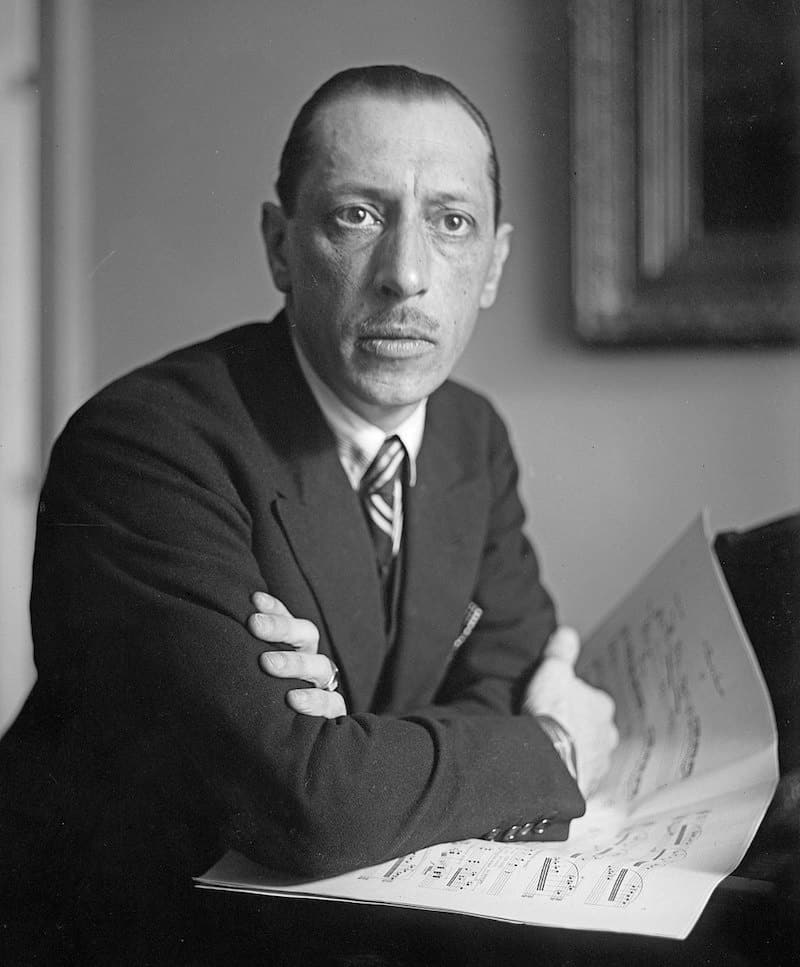
Igor Stravinsky composed music for the Ballets Russes, including a contentious work entitled The Rite of Spring, which depicts primeval rituals commemorating the advent of spring and a young girl dancing herself to death.
In 1939, Stravinsky traveled to the United States and became an American citizen.
About thirty years later, Stravinsky died in New York City with more than 100 works accredited to him.
His most famous ballet, The Firebird, is about Prince Ivan defeating Kastchei with the aid of the Firebird, who offers an enchanted feather to the prince after he saves her life during a hunt through the forest.
Additionally, Stravinsky composed the ballet Petrouchka about the emotions of particular puppets.
8. Aaron Copland
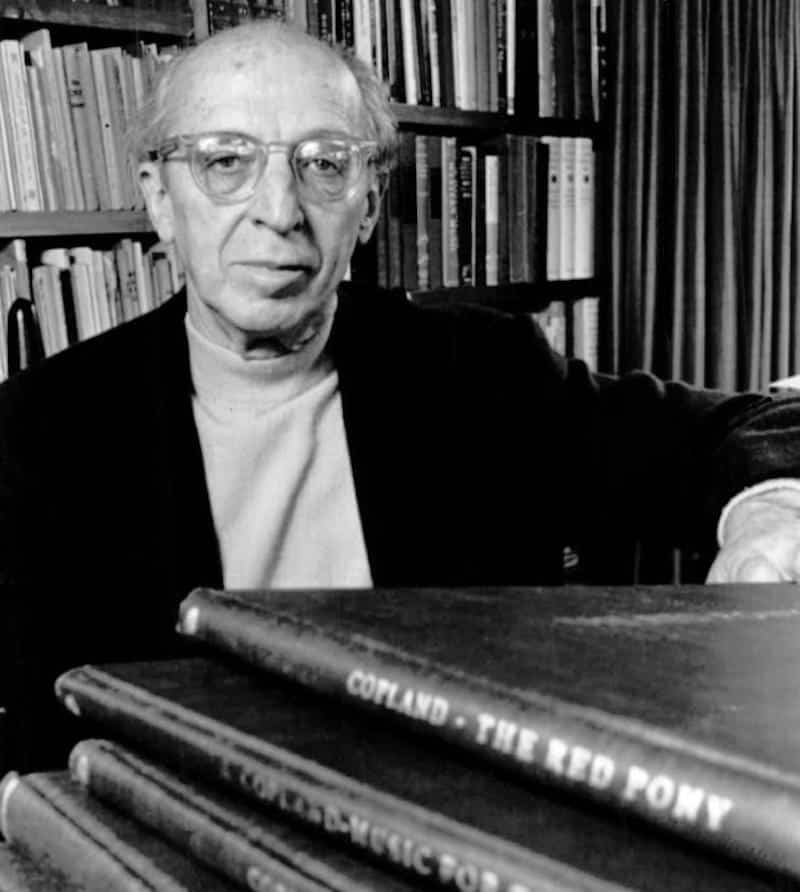
Aaron Copland has acquired the title “Dean of American Composers.”
Copland was born in Brooklyn and lived there for twenty years.
He specialized in crafting ballets about the American experience like Billy the Kid, Rodeo, and Appalachian Spring.
The three ballets are considered the starting points of the populist style that Copland discovered via curiosity and experimentation.
Appalachian Spring was initially performed in 1944 in Washington, D.C.
The ballet portrays a wedding day celebration at a Pennsylvania farmhouse.
Billy the Kid shows the legendary outlaw’s life from his childhood to his adventure into the West.
In comparison, Rodeo is about a cowgirl who falls in love and attempts to catch her cowboy’s eye.
9. Maurice Ravel
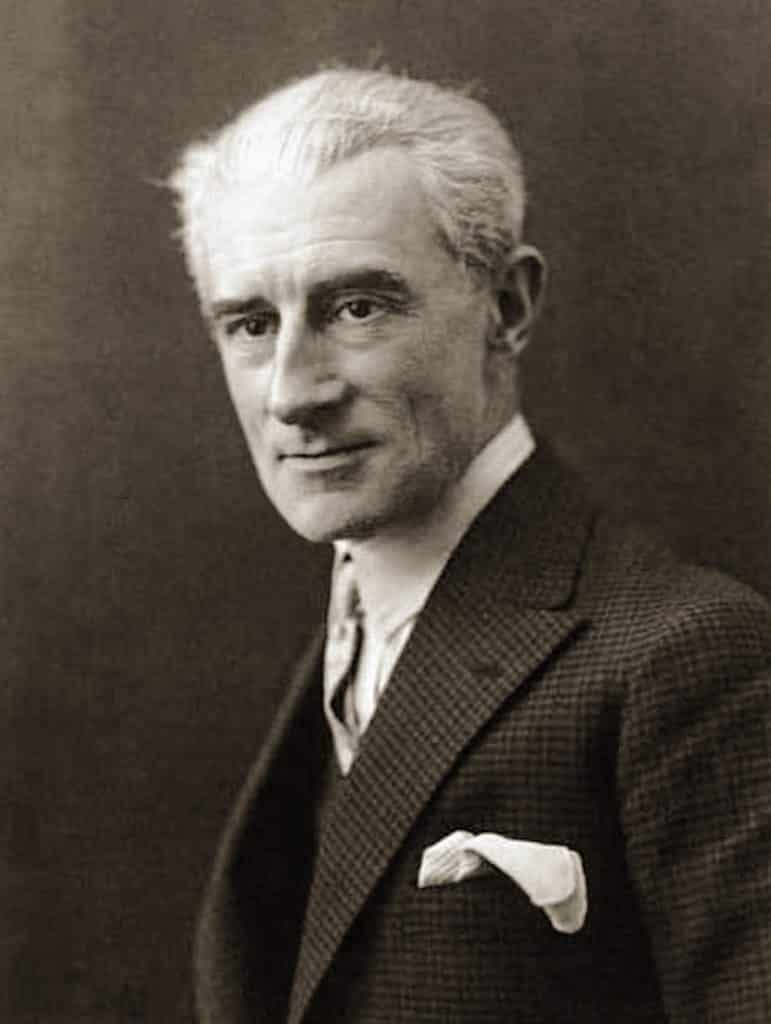
Joseph Ravel was another French composer associated with impressionism alongside Claude Debussy.
His best-known musical compositions are Bolero and Daphnis et Chloé.
From 1889 to 1897, Ravel studied on and off at the Paris Conservatoire, where he excelled at piano and developed his style of composition.
Ravel had three ballets debut in 1912. The first was an extended variation of Ma mère l’Oye and was hailed with outstanding reviews.
The second ballet in that year was Adélaïde ou le langage des fleurs, then came Daphnis et Chloé, which was the product of several years of work.
Daphnis et Chloé is a love story between a shepherd, Daphnis, and the shepherdess Chloé.
Ancient tellings of a Greek tale inspired the narrative for the ballet.
10. Jean-Philippe Rameau

Jean-Philippe Rameau was a French composer of the Baroque period and is remembered for harpsichord music and magnificent operas; Rameau was also an accomplished musical theorist.
Rameau was notable for combining the styles of opera and ballet into a new type of music and movement entertainment called opéra-ballet.
His first and most popular in this style is entitled Les Indes galantes, which was then succeeded by two tragedies, Castor et Pollux and Dardanus.
He concluded his work on the opera ballet with Les fêtes d’Hébé.
Les Indes galantes appears in four distinct parts.
The first is about a French girl named Emile who is held captive by one man but is still in love with a sailor she met at sea.
The second takes place in a Peruvian Desert, the third at a festival, and the fourth includes an American interaction with the French.
Summing up our List of Famous Ballet Composers
As you can see, there are many great ballet composers, and their music is enjoyed by millions of people all over the world.
We’ll be adding to this list soon, so let us know which other composers we should add.
